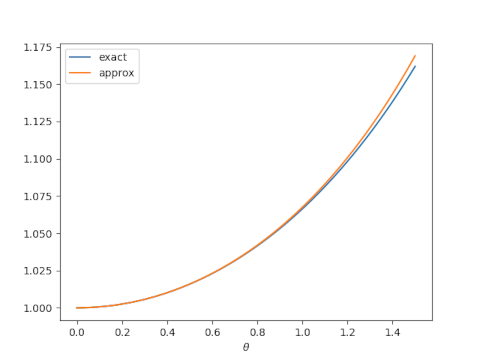The “fundamental solution” to a PDE solves the equation with the right-hand side set to δ. Intuitively, you can think of the delta function as striking something with a hammer in order to see how it rings.
An aside on rigor
A novice might be OK with the explanation above.
A sophomore might rightly object that this doesn’t make sense. This delta “function” isn’t even a function. How can you set one side of a differential equation to something that isn’t even a function?
An expert would understand that calling δ a function is just a convenient figure of speech for a rigorous construction using distribution theory. You can find a high-level introduction here.

As with many of the bell curve memes, the horizontal axis is really experience rather than intelligence. “Whatever you say” could be an intelligent response to someone talking about things they understand but you don’t. And objecting that something doesn’t make sense (as stated) is an intelligent response when you’re exposed to a metaphor that you didn’t realize was a metaphor. A mature response is to appreciate the value of rigor and the value of metaphor.
Why fundamental
The reason a fundamental solution is called “fundamental” is that once you have the fundamental solution, you can find more solutions by convolving the right-hand side with it.
So if L is a linear differential operator and F is a fundamental solution, i.e.
L F = δ
then the convolution f = F * h is a solution to
L f = h.
Poisson’s equation
The fundamental solution to Poisson’s equation
∇² f = h
depends on dimension.
For dimension d > 2 the solution is proportional to rd−2 where r is the radial distance to the origin.
For dimension d = 2 the solution is proportional to log r.
This is an example of the phenomenon alluded to in the article titled A Zeroth Power Is Often a Logarithm Yearning to Be Free by Sanjoy Mahajan. If we naively stuck d = 2 into the fundamental solution rd−2 for higher dimensions we’d get r0 = 1, which doesn’t work. But we’d read Mahajan’s article, we might guess that log r and then verify that it works.
I give a couple more examples of “logarithms yearning to be free” in this post.






